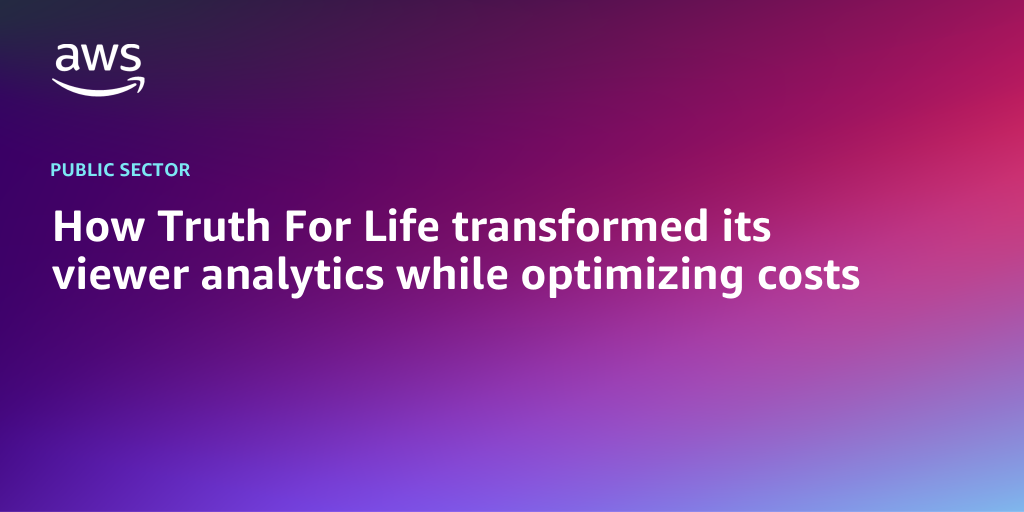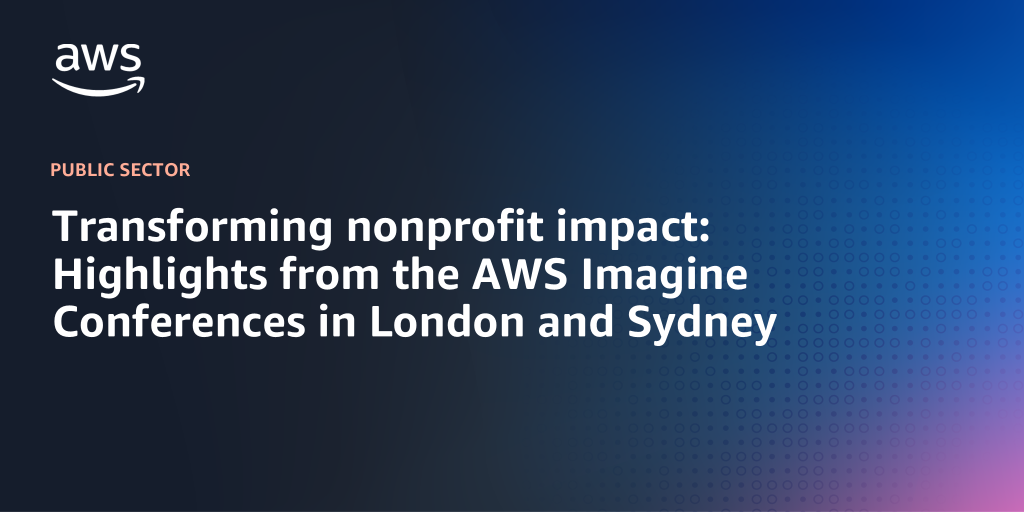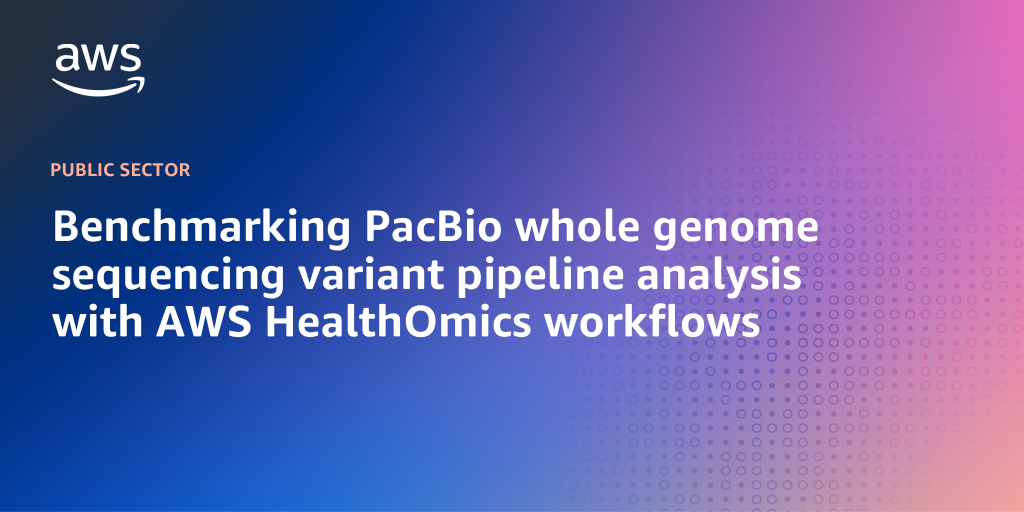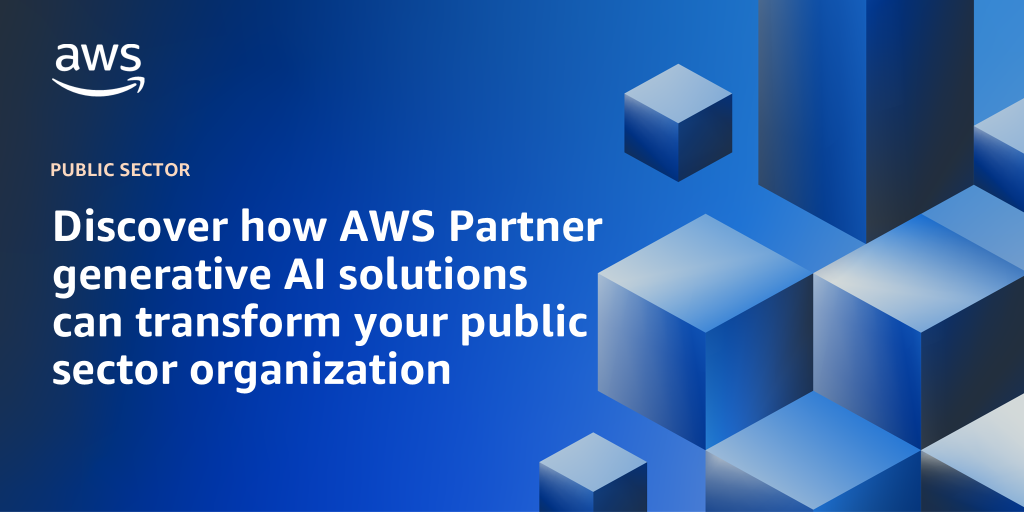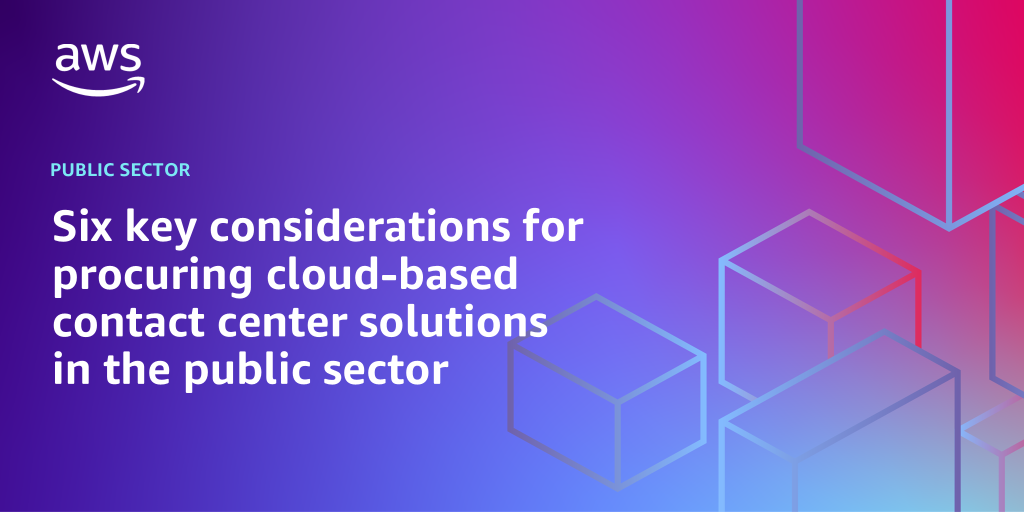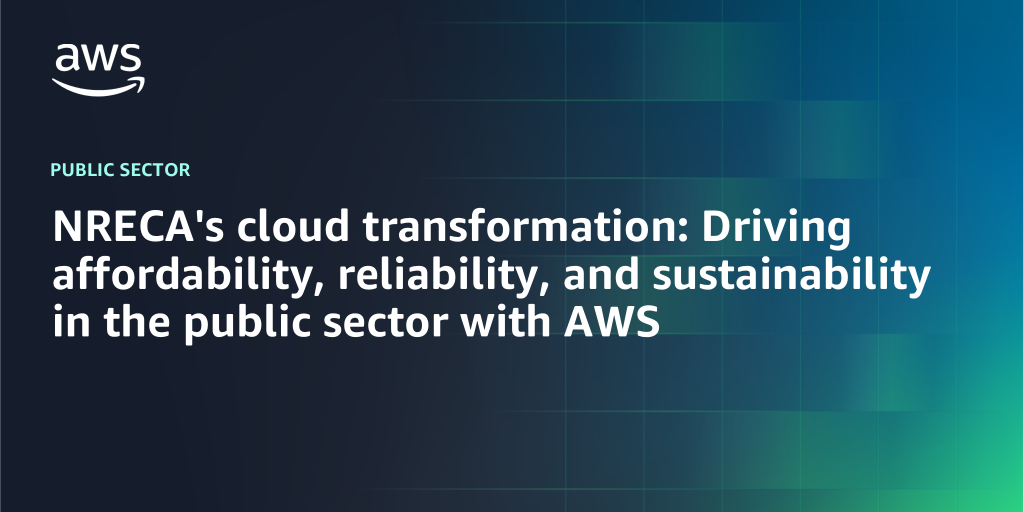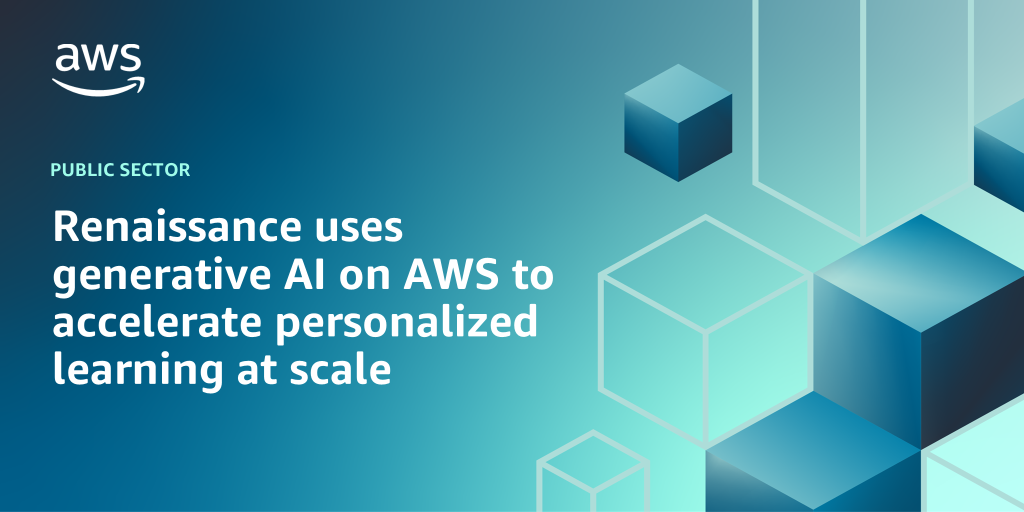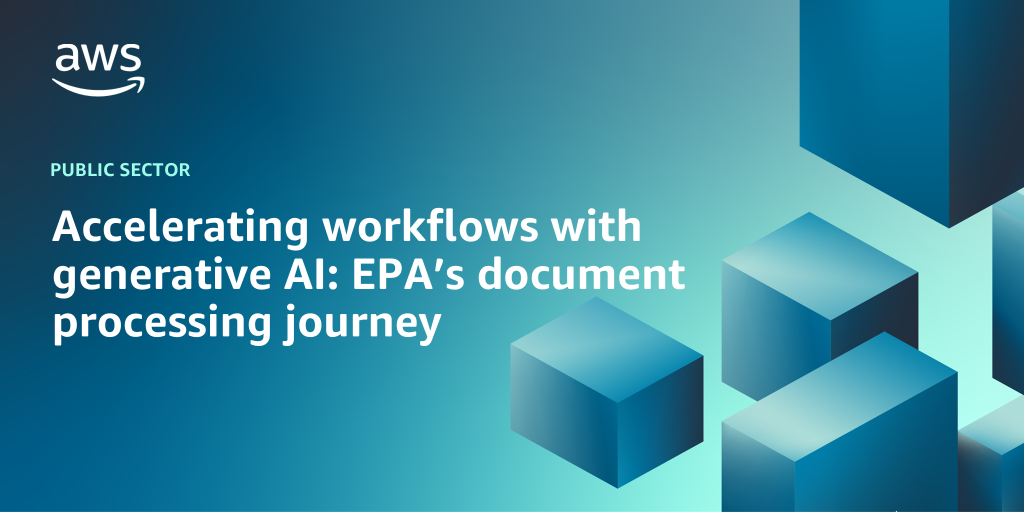AWS Public Sector Blog
Category: Public Sector
How Truth For Life transformed its viewer analytics while optimizing costs
In this post, you’ll see how the nonprofit Bible ministry, Truth For Life, built a cost-optimized viewer analytics pipeline on AWS to gain new insights on their followers and help develop new growth strategies.
Transforming nonprofit impact: Highlights from the AWS Imagine Conferences in London and Sydney
In this post, we explore some of the stories shared by public sector innovators at the AWS Imagine for Nonprofits conferences in London and Sydney, which illustrate the transformative power of cloud technology when applied thoughtfully to address significant challenges and advance mission delivery.
Benchmarking PacBio whole genome sequencing variant pipeline analysis with AWS HealthOmics workflows
This post demonstrates PacBio’s whole genome sequencing variant pipeline implementation on AWS HealthOmics, offering performance optimization insights and evidence-based recommendations for cost-effective deployment at scale based on extensive benchmarking.
Discover how AWS Partner generative AI solutions can transform your public sector organization
To help IT leaders get started with generative AI, we’re launching a new content hub featuring AWS technology partner solutions designed specifically for public sector IT leaders. Read this post to learn more.
Six key considerations for procuring cloud-based contact center solutions in the public sector
The shift to cloud-based Contact Center as a Service (CCaaS) solutions offers significant opportunities for public sector organizations to transform their operations, reduce costs, and improve citizen services. Amazon Web Services (AWS) provides innovative cloud technologies like Amazon Connect that can help organizations achieve these goals. However, traditional procurement approaches may not be well-suited for acquiring these modern cloud technologies. To help organizations navigate this transition, we’ve identified six key considerations when procuring a CCaaS solution like Amazon Connect.
NRECA’s cloud transformation: Driving affordability, reliability, and sustainability in the public sector with AWS
The National Rural Electric Cooperative Association (NRECA) recently completed a migration from a traditional on-premises data center and began using AWS Cloud services. Originally planned for five years, NRECA finished in four. Like most technology, it wasn’t as simple as flipping a switch, but if your organization is considering a similar move, hopefully the NRECA’s experience can act as a guide. Read this post to learn more.
Renaissance uses generative AI on AWS to accelerate personalized learning at scale
As a global leader in K12 educational technology (EdTech) solutions, Renaissance supports over 16 million students across more than 100 countries with a mission to improve learning outcomes for all students, regardless of ability or background. Its data-rich platform helps educators make informed decisions and deliver personalized learning experiences for students. Read this post to discover how Renaissance worked with AWS to develop a scalable, human-in-the-loop solution powered by generative AI.
66 new or updated datasets available on the Registry of Open Data on AWS
Through the AWS Open Data Sponsorship Program, customers are making over 300 PB of high-value, cloud-optimized data available for public use. All publicly available datasets can be found in the Registry of Open Data on AWS and are now also discoverable on Exchange. This quarter, AWS released 66 new or updated datasets. Read this post to learn more.
Accelerating workflows with generative AI: EPA’s document processing journey
In this post, we highlight how two United States Environmental Protection Agency (EPA) leaders are reimagining EPA’s mission delivery with intelligent document processing (IDP), powered by AWS.
Proactive strategies for cyber resilience and business continuity on AWS
AWS recommends that organizations prepare to recover workloads in case of cybersecurity incidents or business continuity events such as technical or natural disasters. In this post, we offer guidance and strategies for public sector organizations to use AWS infrastructure to operate resilient systems in the cloud.
